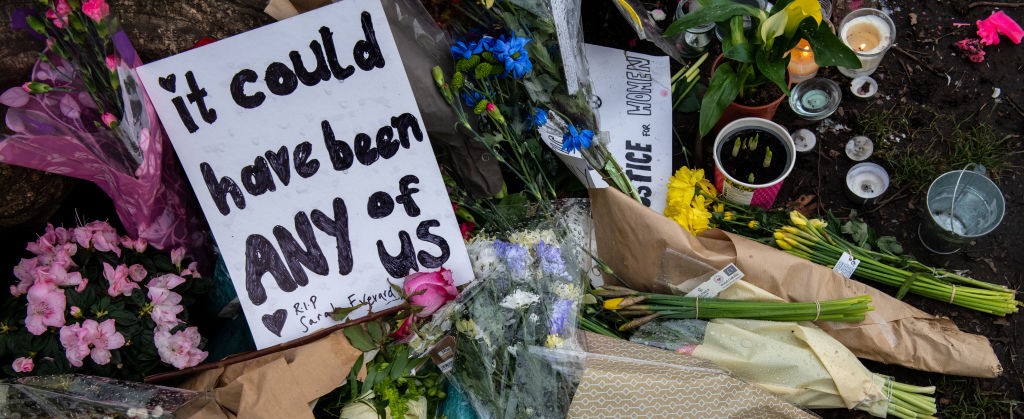The inequality challenge
First written in 1980, this book now covers the period from the 1830s to 2010.
Sarah Burton reveals that at the advent of industrialisation much of the workforce, particularly in textiles, were women that, like those to come, were lowly paid, worked long hours and were more highly exploited than men.
It was a situation which trade unions, dominated by skilled tradesmen, wouldn’t challenge and even supported for decades. Unsurprisingly, therefore, that when women became active trade unionists many formed separate organisations.
When struggling to improve pay and conditions some women workers took successful strike action. These included the Matchwomen in 1888 and the Cradley Heath Chainmakers in 1910 who were led by Mary Macarthur who denounced the lowly status and the lack of a living wage for women.
Women, backed by some male trade unionists, began campaigning across the labour movement for equal pay. The book contains numerous examples of where – even when the principle was won – unions failed to press the equal pay case during negotiations with employers.
Smashed
The status quo was smashed in 1968 by a strike by women sewing machinists within the TGWU, one of Unite’s predecessor unions, that brought Ford Dagenham to a standstill.
Not only did the women win recognition to skilled status but they also heralded in the 1970 Equal Pay Act before later achieving a regrading that established they did work of equal value to their male colleagues and should be paid accordingly. This provided opportunities for many other women to have their jobs regraded upwards.
Equal pay was important. Achieving it though required equal opportunities in training and education, paid maternity leave and child-care facilities. However the response of many unions was lukewarm.
Women trade unionists then combined with the Women’s Liberation Movement. Together they pushed unions into campaigning for better pay for cleaners.
Then an important survey by the Association of Cinematograph Television and Allied Technicians (ACTT) confirmed that despite ACTT’s historical commitment to equality for women the latter remained firmly rooted in the lower grades of the industry where the union was organised.
The ACTT 1973 conference instructed the union to tackle discriminatory practices with employers and appoint an officer to investigate and recommend action against discrimination.
New initiatives
New initiatives encouraged women’s participation at all levels in the union. This radical, encouraging development pushed other unions into drawing up a set of broadened objectives for its women members that included health matters, sexual harassment and women’s portrayal in the media.
There was then good news when it was revealed that between 1970 and 1976 there had been a fall in the gap between men and women’s gross hourly earnings such that women’s pay now averaged 74 per cent of men’s. Women’s employment had also risen.
These gains though were lost over the following decade. The Conservative government, elected in 1979, adopted a harsh economic strategy in which â€unemployment was a price worth paying’ and the public sector, where many women worked, was attacked and maternity rights were also chipped away at.
Women workers resisted. There were nationwide nurses strikes in 1982, successful opposition against plans to weaken the Abortion Act and there was a continuous stream of TUC reports and statements on women’s issues.
By the time new Labour was elected in 1997 major legal restrictions had been imposed on the trade union movement. The economy too had changed dramatically as the UK’s manufacturing base had been wrecked. The huge decline in male employment slashed trade union membership from 12.6 m to 7m between 1979 and 1997.
Writing in the T&G Record in 1996, Margaret Prosser, the TUC President that year, recognised that new employment opportunities were mainly for part-time women workers in small firms.
For unions to survive, Prosser said they must “become female or become fringe.” Even in unions that agreed a solution was difficult as it required massive changes to organisations that had been historically male-dominated. But unless women were at the table when union policy was being negotiated then why join a union?
Burton ends by examining the period from 1997 and 2010. Aside from the welcome introduction of the national minimum wage, Labour continued with the Tories policies that included privatising public services and restricting trade unions’ legal rights.
Women trade unionists reacted by undertaking campaigns, negotiating and litigating over the gender pay gap.
Public sector
Within the public sector, trade unions fought continuous – often successful – battles, especially within the NHS and local authorities, to win women a fairer deal under the 1997 single status agreement. There was also some success by unions negotiating under Agenda for Change, which was aimed at harmonising basic service conditions for NHS employees, including pay and working hours.
However, within the private sector the difficulties faced by trade unions in recruiting new members allowed employers to widen the gender gap. Many women remained segregated in a limited range of jobs, making it easier for employers to pay them less.
Strikes over pay and conditions by mainly Asian women workers within the TGWU at Gate Gourmet and Lufthansa Skychef Catering Company were long running and courageous but failed to provide a satisfactory outcome.
More pleasingly, there were bargaining successes on flexible working conditions for working parents and carers, which benefitted many women.
Burton’s book closes by noting that despite trade unions now consisting of more women members than men there are still too few women integrated at all levels of the movement.
Burton contends that if unions are to successfully challenge inequality at work and in society they must eradicate inequality in their own organisations.
Women Workers and the Trade Unions, by Sarah Boston. New revised edition
 Like
Like Follow
Follow

